Celebrating Ndop Fabric: A Cultural Marvel from Cameroon 🇨🇲
- la Djalobienne Eton

- May 27, 2023
- 4 min read
Updated: Jan 10, 2024
Deep within the vibrant culture and heritage of Cameroon lies a textile masterpiece known as Ndop fabric. This remarkable fabric is visually stunning and carries profound historical significance. From its origins in the Bamileke and Bamoun kingdoms to its contemporary popularity, Ndop fabric continues to captivate the world with its intricate designs and cultural richness. Join us as we unravel the story behind Ndop fabric, exploring its symbolism, artistic techniques, and enduring allure.
Historical Roots and Symbolism: Fabric with Royal Origins
The Ndop's presence in the Grassfields dates back to the 19th century. Before manufacturing the Ndop fabric in the West, the Ndop of Wukari was sold in Bamileke and came from Nigeria. These fabrics were used as currency between the peoples of the Grassfields and those of Nigeria, alongside cowries, before being replaced by paper money. The typically Cameroonian Ndop, which appeared in 1920, coexists with the Wukari-type Ndop of Nigeria.
The Ndop, "Dze Ndouop," or "Nji Ndop," is a traditional and ritual fabric representing the richness of the Bamileke and Bamoun people. Wearing the Ndop during that time was not a trivial act. The Ndop is the richest in meaning among the traditional Bamileke fabrics. By its particular symbolic value, it is the garment of the traditional ceremonies par excellence of the royal families, notables, and dignitaries.
Symbolism Woven in Threads
The fabric in its original form is an assembly of cotton strips sewn edge to edge. The white geometric patterns on an indigo-blue background give the Ndop its identity. The decoration and patterns of the top allow the garment maker and embroiderer to transcribe messages. It is noticeable not in various colors but in the style and combination of patterns and abstract geometric figures that stand out against the intense blue background.
The geometric shapes, the moon, the sun, the stars, and the animals have coded messages of peace and fertility. Blue is a symbol of the supernatural and the forces of the spirit. It symbolizes the sky and the sea. The Ndop fabric weaves a tapestry of rich symbolism and cultural significance. The two-headed serpent embodies wisdom, royal strength, and femininity, while the spider represents the gift of future foresight and the joy of wisdom. The lizard signifies the irrevocable arrival of death, while the chameleon heralds the resurrection after death. The spiral symbolizes solidarity, and the turtle's back embodies wisdom, skill, and prudence. Together, these elements create a vibrant fabric that tells stories of ancient wisdom and profound meaning.
The Intricate Mastery of Ndop Technique: From Its Traditional to Its Modern Form
Traditional manufacturing
The original Bamileke Ndop fabrics are created through a reserve dyeing process influenced by neighboring communities' methods. The graphic treatment and iconography adhere to specific codes; these Ndops are not intended for sale. They can be worn by tying them at the waist and passing them between the legs.
The base fabric is imported, and cotton is spun and woven to create the ground
fabric for decorations. In the Bamileke region, symbolic figures are sewn onto the fabric using tight raffia thread stitches following drawn designs. The fabric is then dipped in indigo to turn it blue, ensuring the dye does not penetrate the seams. The resulting white patterns stand out against the indigo background.
The Ndop production centers, notably Bandjoun and Baham, pass down this tradition from one generation to another or during the acquisition of notability. The raffia thread serves a similar purpose as wax in printing patterned fabrics, preventing color absorption in specific areas.
Once the raffia seams are removed, the white drawings and lines appear on the blue background. The material is sent to northern Cameroon, a textile hub, for indigo dyeing to achieve characteristic blue patterns. After the material is returned, specialists handle the finishing touches, such as cutouts and borders.
Modern Manufacturing
The technique of making Ndop has evolved from its original elaborate form of narrow, thick strips of coarse thread with embroidered designs. In its current, less intricate version, Ndop fabric can be industrially manufactured using the indigo-based wax loincloth production method or direct printing techniques (rotary, digital, etc.).
Modern Ndop fabrics showcase white geometric patterns not dyed like the indigo blue background, providing a canvas for the printer's expression. With deep cultural roots, Ndop has become a symbol of the ongoing struggle between tradition and modernity in Cameroon. The tension reflects the dilemma faced by Cameroonians as they grapple with preserving their heritage while embracing contemporary influences in a rapidly changing world.
Ndop fabric serves as a tangible link to the past, embodying the cultural identity and values of the people. However, it also confronts the pressures of adapting to modern fashion and lifestyle preferences. This tension between tradition and modernity prompts meaningful conversations about cultural preservation, identity, and finding a delicate balance between honoring the past and embracing the future.
Ndop Fabric: Weaving Tradition into Modern Life
Beyond clothing, Ndop fabric finds its way into other aspects of daily life. It is often used as decorative material for household items like pillows, wine tote bags, flip flops, etc., adding a touch of artistic elegance to living spaces. The intricate patterns and symbols on Ndop fabric also inspire contemporary artists and designers who incorporate the material into modern fashion, accessories, and home decor, bridging the gap between tradition and current aesthetics.
Furthermore, Ndop fabric holds symbolic value within secret societies, serving as a ritual garment of importance. Its usage in these societies is highly revered, with spiritual and cultural significance.
In essence, Ndop fabric continues to be woven into the fabric of Cameroonian culture, reflecting the multifaceted nature of its usage across traditional attire, home decor, contemporary fashion, and sacred rituals. Its presence signifies the legacy of the Bamileke people and their commitment to preserving their cultural heritage.
Ndop fabric is a true cultural marvel from Cameroon, captivating hearts and minds with its intricate designs, vibrant colors, and deep-rooted symbolism. As we celebrate Ndop, we honor the rich heritage and artistic traditions of the Bamileke people, recognizing the significance of this textile in preserving their cultural identity. From its historical origins to its modern interpretations, Ndop continues to inspire creativity, foster cultural appreciation, and serve as a timeless testament to the power of tradition in the ever-evolving world of fashion and beyond.
African fashion is the rhythm of our traditions, the melody of our stories, and the dance of our culture. - La Djalobienne Eton



























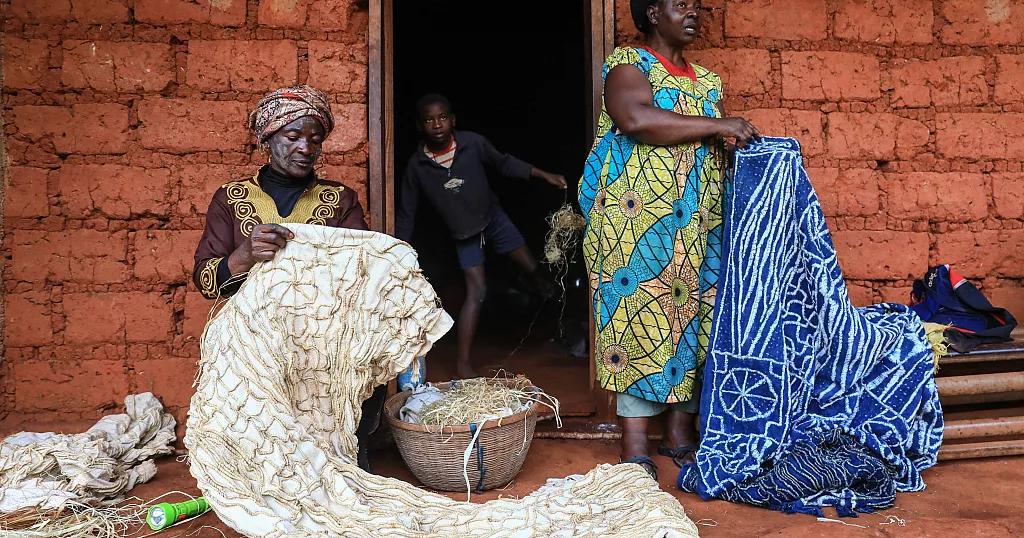




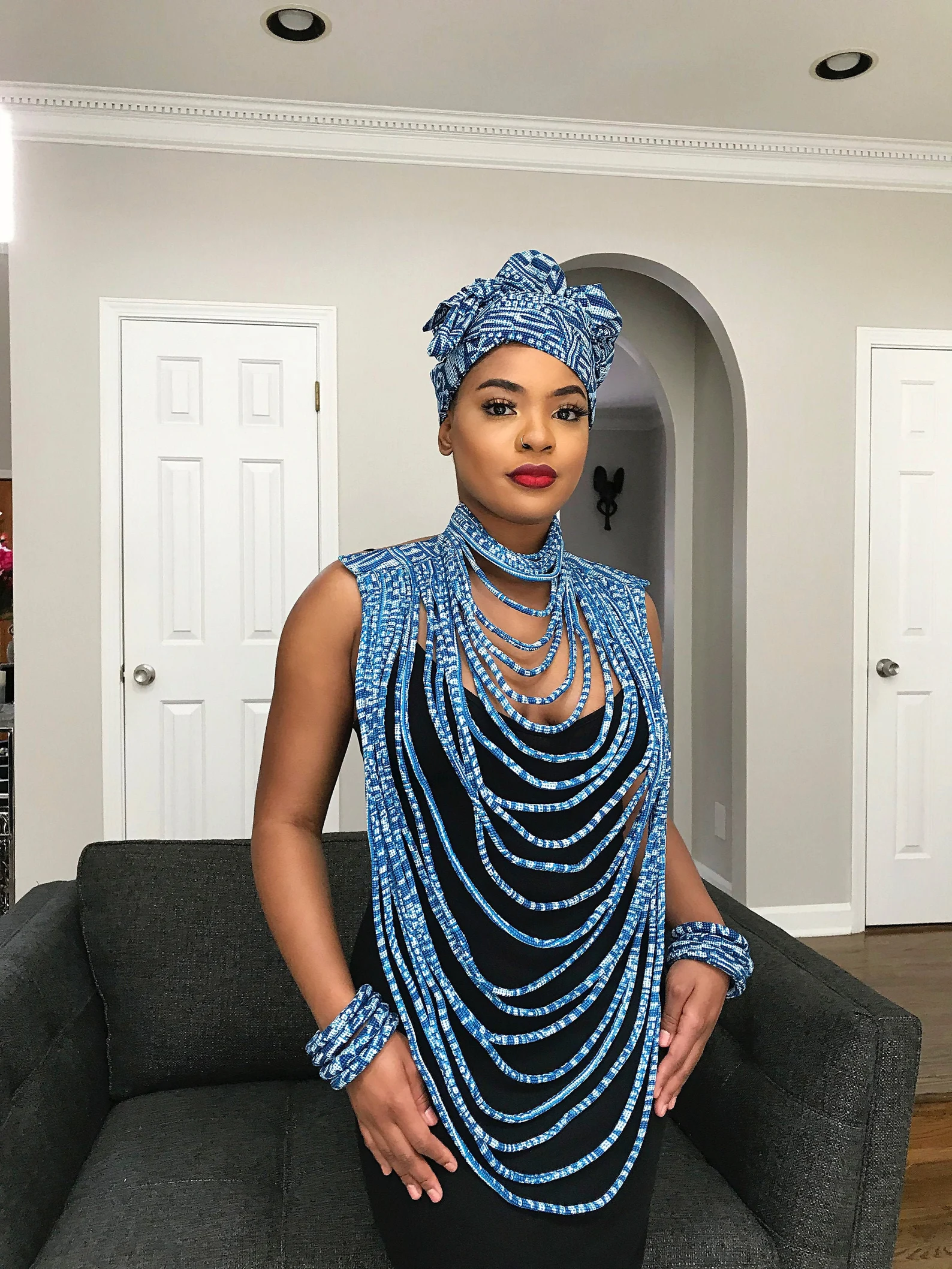
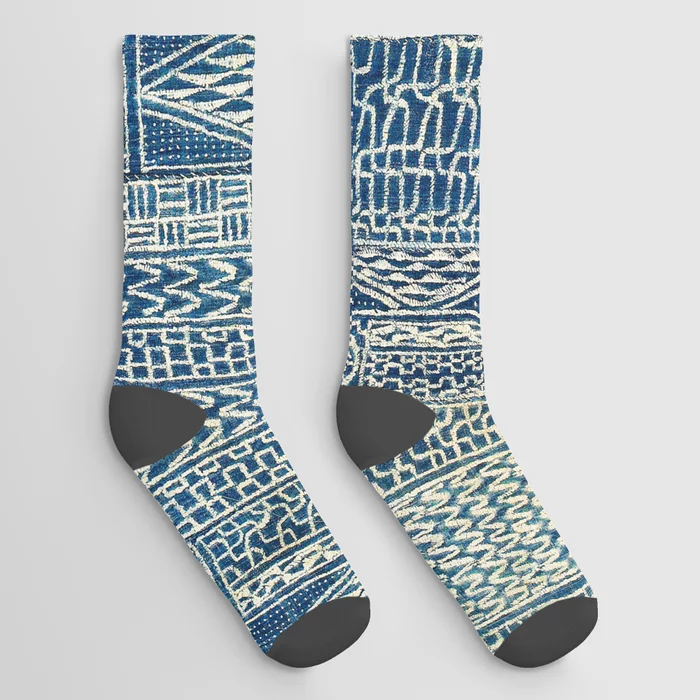
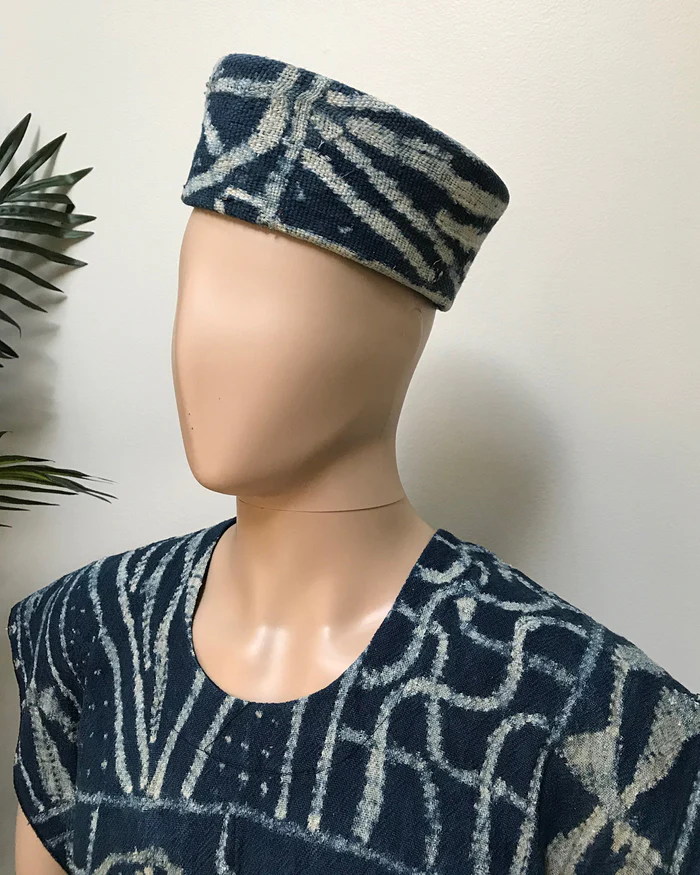
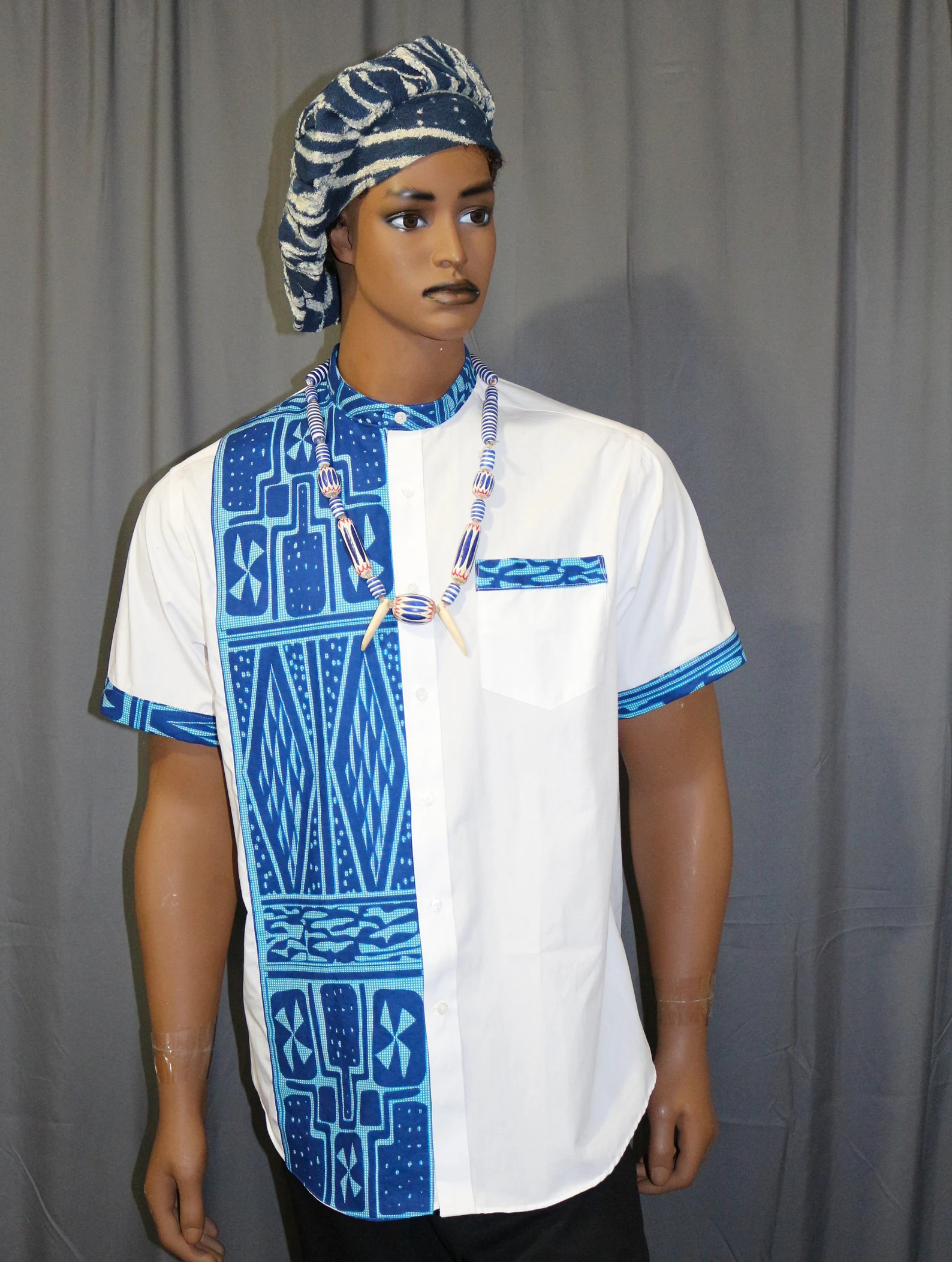
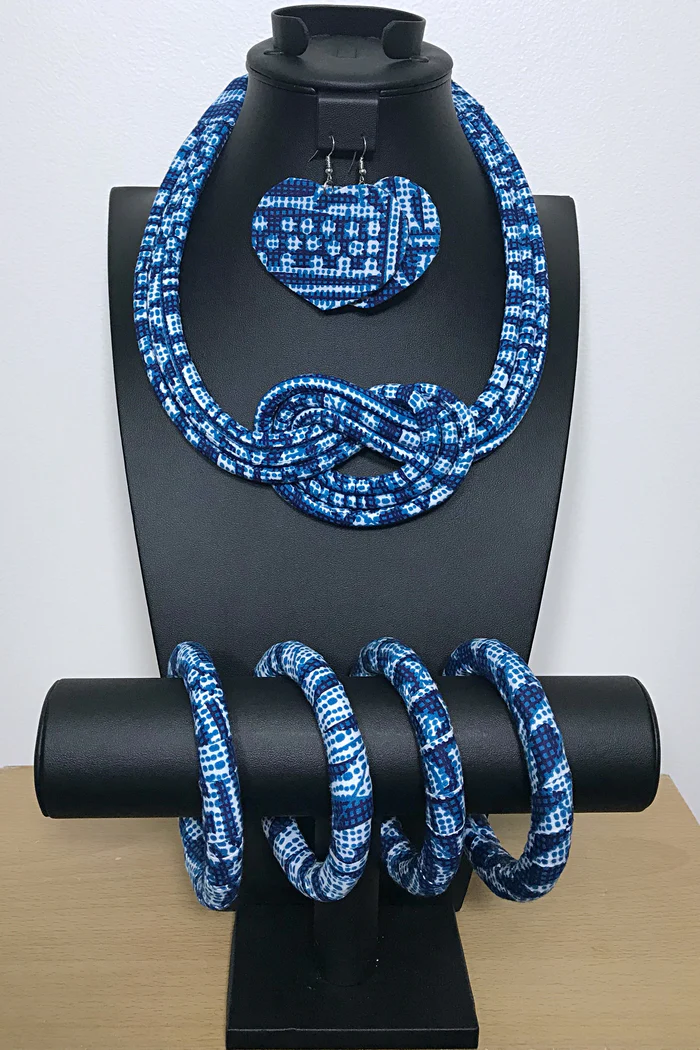





Comments